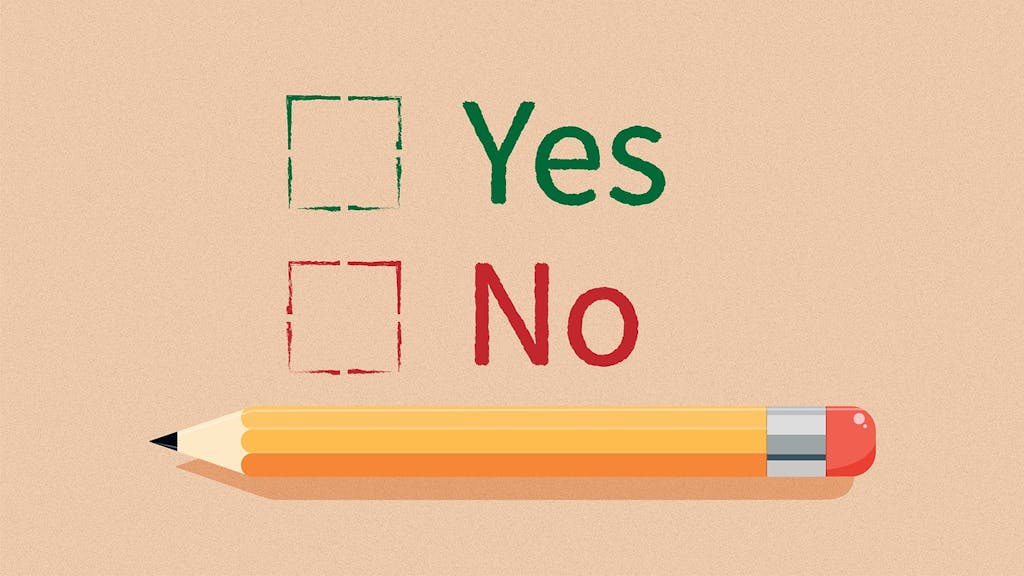We might not be proud of it, but nearly everyone is guilty of agreeing to terms of service on a website or app without reading them. We want to install the app or use the website’s service, so we click agree and move on.
That sense of urgency to complete the task and move on is the same general idea as pencil whipping. Pencil whipping involves signing off something without really understanding it or adequately carrying out the related task.
You can find pencil whipping throughout manufacturing, construction, warehousing, and any other industry that depends on forms and checklists. Unfortunately, it can become a severe problem for companies that don’t take steps to temper it, as it can become viewed as acceptable and even part of your company culture.
It’s time to examine the pencil whipping phenomena and discuss actionable strategies to help tame or even eliminate this practice from your workplace.
What is Pencil Whipping?
Pencil whipping through a checklist might seem innocuous, but it can become a significant problem with severe consequences. Any task or checklist that was pencil whipped means it wasn’t actually completed properly, but your records will indicate it was.
For example, suppose there is an accident in a warehouse caused by unsafe equipment. In that case, the investigation may lead to a safety inspection checklist that shows everything was inspected and signed off on. But in reality, the inspector pencil whipped through the process without actually inspecting the equipment. As a result, an employee was injured, and your organization may have a worker’s compensation claim or even a lawsuit.
Everyone in your organization needs to understand what pencil whipping is and why it should be avoided. It’s vital to everyone’s safety and ensuring that the data gathered by inspectors is accurate.
Where does this term come from? Imagine a busy safety inspector with a pencil, clipboard, and stack of forms to complete. As the inspector races through the forms and checks boxes, the pencil is whipped back and forth to rush through the tasks.

How to Avoid Pencil Whipping
Pencil whipping doesn’t need to involve a pencil. As digital checklists and forms are becoming the standard in many industries, pencil whipping has become digitized.
Fortunately, modern inspection software gives you deeper insights and real-time analysis of completed checklists. If your safety KPIs look great, but you keep having incidents, there’s a problem. You can quickly review completed checklists and related KPIs to identify suspected pencil whipping and take action to stop it. You won’t be stuck sorting through file cabinets to find the right completed safety inspection.
Stopping pencil whipping can be difficult if it’s become a standard practice among your employees. However, the sooner you catch it and take preventive action, the easier it will be to course correct away from it.
Let’s examine some relatively simple changes you can make to curb and hopefully eliminate this unsafe practice.
Widely Call Out Pencil Whipping
Don’t call out specific people, but instead, call out the general practice of pencil whipping to every employee in the facility. Identify it, define it, and explain why it’s harmful.
Make it clear that pencil whipping is unacceptable in your workplace. Explain that any task or process assigned to them is crucial for the overall company and needs to be done correctly; otherwise, the tasks aren’t being done at all.
Simply identifying the practice can make a significant impact. Some chronic pencil whippers think they’re slipping under the radar, but make it clear that you’re aware of the habit and will be on the lookout for it.
Emphasize the Importance of the Task or Process
If an employee doesn’t know why they’re doing something, they’re more likely to pencil whip through it and move on.
Counteract this tendency by emphasizing the importance of the tasks they’re given. For example, preventative maintenance inspections are a typical victim of pencil whipping. Ensure the inspectors are fully aware that their checklists help determine maintenance schedules or if the equipment needs to be shut down immediately to avoid an incident.
Explaining the importance of tasks might seem time-consuming, but ideally, managers will only need to do this sparingly. For example, if someone is suspected of pencil whipping, emphasizing the importance of what they’re whipping through can make them rethink rushing the process. Using our example of equipment maintenance, make it clear that they’re helping prevent injuries and keep the business running.
Don’t Incentivize Pencil Whipping
Quotas are the biggest driver of pencil whipping. If a safety inspector is expected to complete 50 inspections a day, they’re likely to start whipping through them to meet their quotas.
You still need tasks to be completed, but you need them completed correctly. Update your expectations to emphasize quality over quantity.
Fortunately, most tasks with quotas have other KPIs that you can focus on other than the raw amount of completed checklists. Using digital checklists and inspection software provides a wealth of information — find new KPIs that encourage techs and inspectors to slow down rather than speed up.
Where Does Pencil Whipping Happen?
Pencil whipping is found throughout many different industries and several processes within them. Some typical processes that often succumb to pencil whipping include:
- Safety inspections
- Equipment maintenance inspections
- Inventory checks
- Training for required certifications
- Human resources forms
- Quality inspections
- Surveys from management
The list could go on, but you can see how any type of required form is at risk for pencil whipping. Leveraging the above tips can help temper this practice, especially when combined with modern inspection software.

Leverage monitorQA to Tame Pencil Whipping
Pencil whipping is a problem for companies that want to keep their employees safe and maintain operational excellence. Having records that show a given task was completed when it wasn’t will lead to false information that can ripple through your entire organization.
Updating to a robust inspection platform provides several strategies to identify and correct pencil whipping. Not only do you migrate to digital checklists that are less tempting to whip through, but they all connect to a centralized dashboard that safety managers and other decision-makers can monitor in real time.
Leveraging a leading-edge inspection platform like monitorQA is a powerful way to prevent pencil whipping. As a result, you’ll have much more information available to spot and stop this dangerous practice before it becomes a bigger problem. Discover monitorQA today to start focusing on quality over quantity and keep pencil whipping in check.



